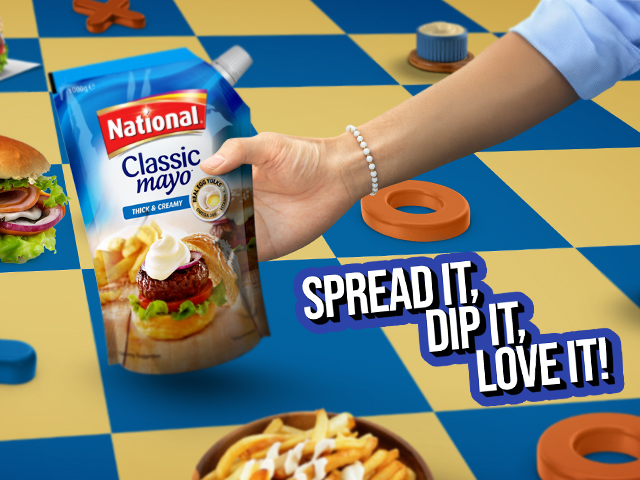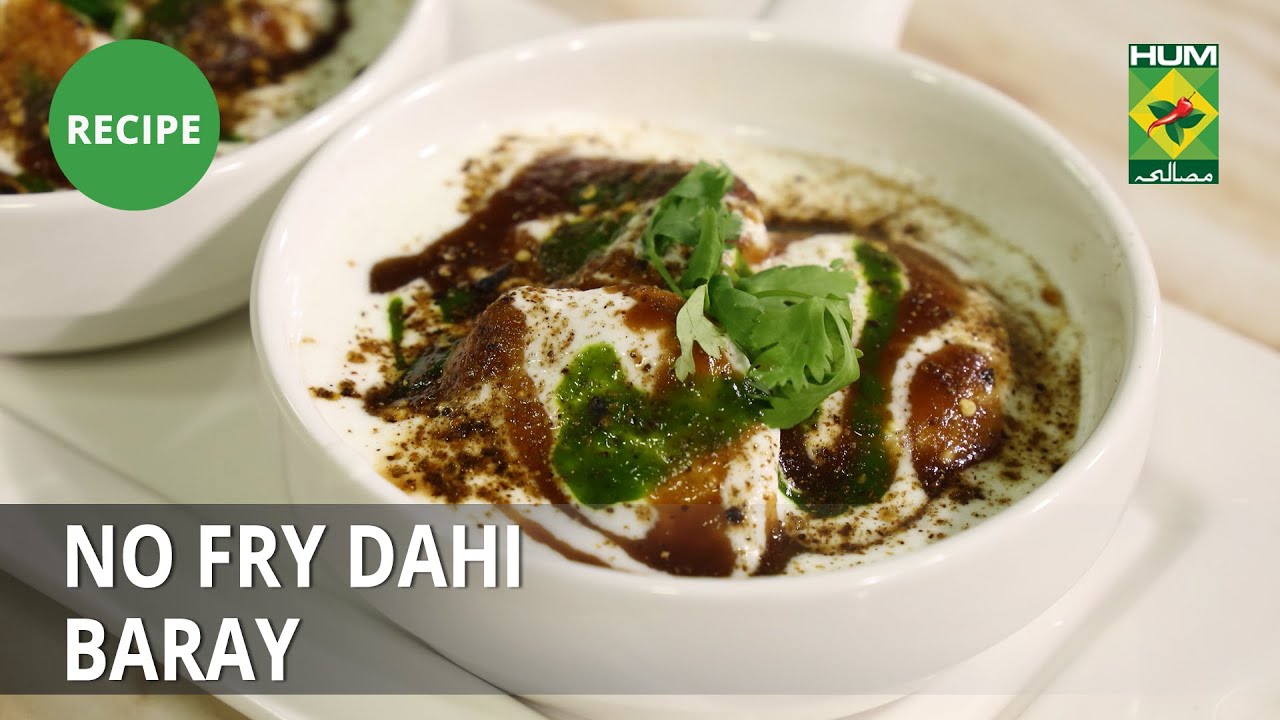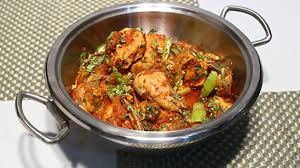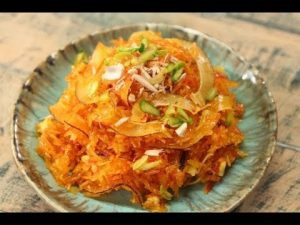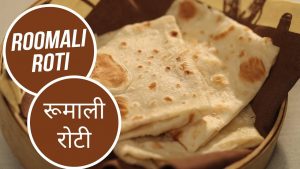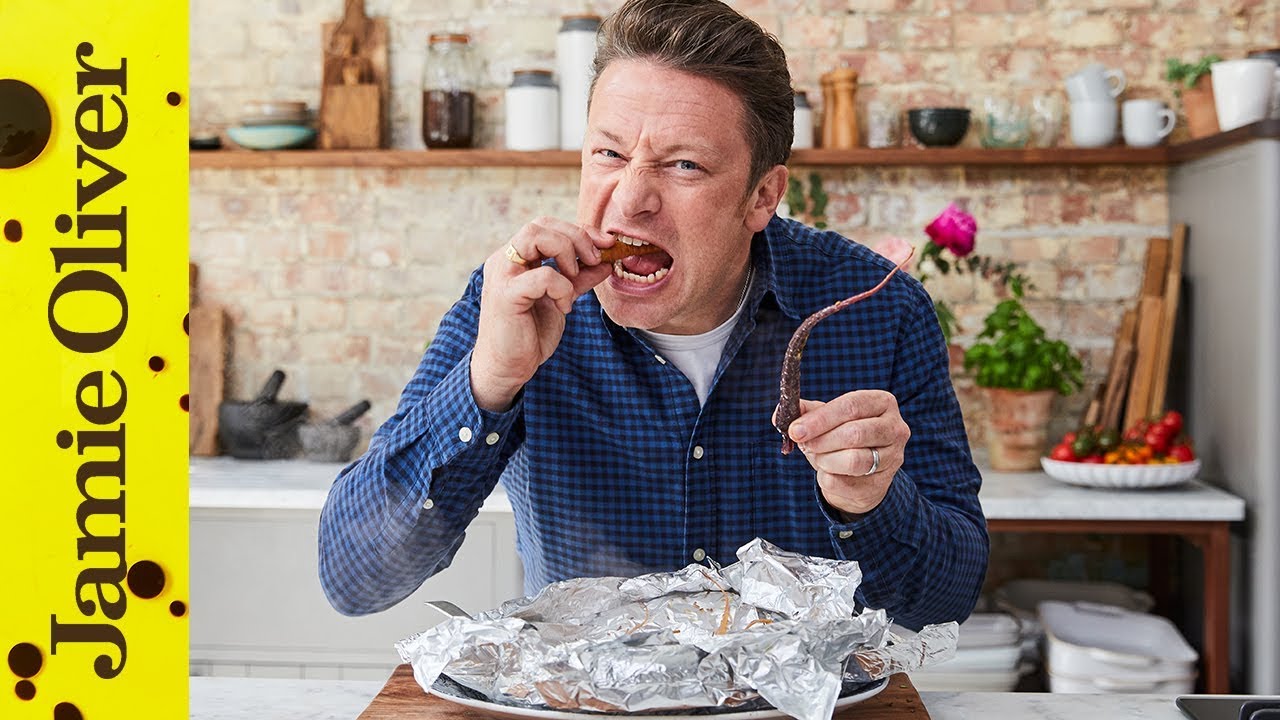Yoshihiro Murata is a world-renowned Japanese chef known for his traditional Japanese cuisine, as well as his innovative use of ingredients and techniques. His culinary expertise has been recognized with numerous awards and accolades, including three Michelin stars for his flagship restaurant, Kikunoi, located in Kyoto, Japan. In this 5000 word biography, we will explore the life, career, and culinary philosophy of Chef Yoshihiro Murata.
Early Life and Education
Yoshihiro Murata was born on March 4, 1954, in Kyoto, Japan, into a family of chefs. His grandfather and father were both chefs, and he grew up in a family that valued traditional Japanese cuisine. From an early age, Murata was surrounded by the sights, sounds, and smells of the kitchen, and he developed a deep love and appreciation for cooking.
As a child, Murata was fascinated by the techniques and traditions of Japanese cuisine, and he spent many hours watching his grandfather and father work in the kitchen. He also began to experiment with cooking on his own, using the techniques and ingredients that he had learned from his family.
After completing high school, Murata attended Kyoto’s Doshisha University, where he studied economics. While he was studying, he continued to work in his family’s restaurant, learning more about traditional Japanese cuisine and refining his cooking skills.
Career Beginnings
After graduating from university, Murata spent several years working in various restaurants throughout Japan, honing his culinary skills and gaining experience in different styles of cooking. In 1978, he opened his first restaurant, Kikunoi, in Kyoto. The restaurant was located in a historic building in the Gion district of the city, and it quickly became known for its innovative take on traditional Japanese cuisine.
At Kikunoi, Murata focused on using the freshest ingredients and traditional cooking techniques to create dishes that were both delicious and visually stunning. He also began to experiment with new techniques and ingredients, incorporating elements of French and other Western cuisines into his dishes.
Over the next several years, Murata continued to refine his culinary skills and build his reputation as one of Japan’s most talented chefs. In 1991, he opened a second Kikunoi restaurant in Tokyo, which quickly became one of the city’s most popular dining destinations.
Culinary Philosophy
One of Murata’s defining characteristics as a chef is his commitment to preserving the traditions and techniques of Japanese cuisine while also innovating and experimenting with new flavors and ingredients. He has said that his goal is to create dishes that are both rooted in tradition and forward-looking, incorporating new ideas and techniques while remaining true to the core principles of Japanese cuisine.
At the heart of Murata’s culinary philosophy is his belief in using the freshest, highest-quality ingredients available. He places a strong emphasis on seasonality, using ingredients that are in season and at their peak of flavor. He also works closely with local farmers and suppliers to source the best possible ingredients, often visiting farms and markets personally to select ingredients for his restaurants.
Murata’s cooking is also characterized by his meticulous attention to detail and his focus on simplicity. He believes that the best dishes are those that allow the natural flavors of the ingredients to shine through, and he is known for his skill in balancing flavors and textures to create dishes that are both subtle and complex.
Another important aspect of Murata’s culinary philosophy is his commitment to sustainability and environmental responsibility. He has spoken publicly about the need for chefs and restaurateurs to be mindful of their impact on the environment and to take steps to reduce waste and promote sustainability in their operations.




